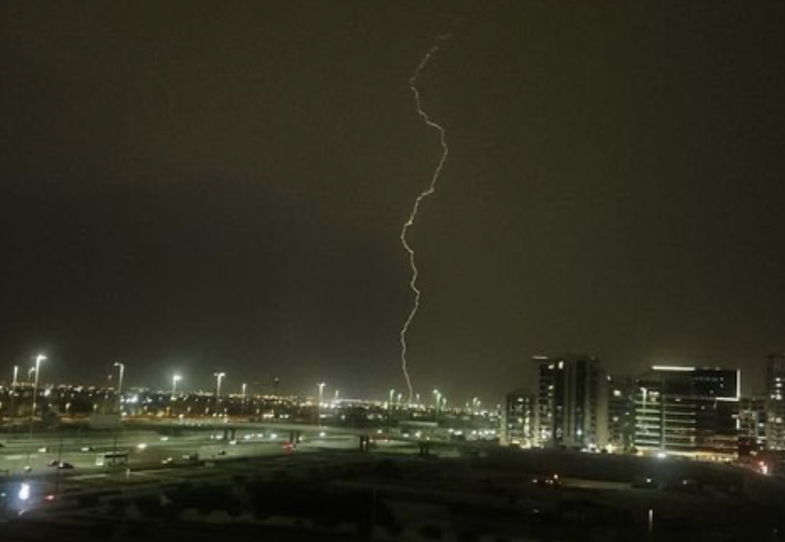
Dubai has experienced the heaviest rainfall in the last 75 years, with more than 142 mm of rain falling in one day. Shopping malls, highways and airports were flooded, causing planes to land on water. The airline "EgyptAir" suspended flights between Cairo and Dubai until conditions improve.
witness.. the height associated with water ????? #??? #????_?????? pic.twitter.com/8gswSzbJKJ
— ??????? Emirates (@AlArabiyaUAE) April 16, 2024
Heavy rains swept across the United Arab Emirates and disrupted flights. Footage from Dubai International Airport showed scenes of panic and passengers wading through raging waters, while the city's streets turned into "rivers", with cars appearing to be barely above the water. Among other things, a 70-year-old man lost his life.
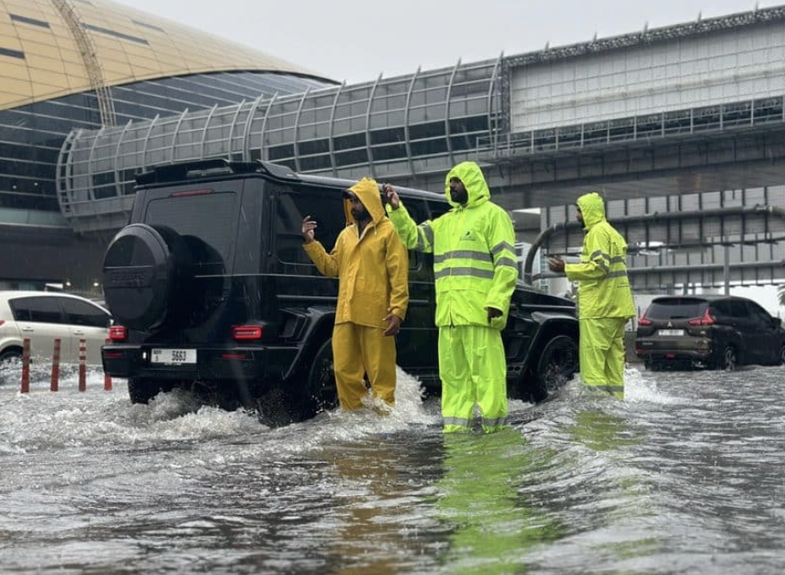
The rains started on Monday night and did not stop until Tuesday. They also fell on the Dubai desert. The rains affected the territories of Bahrain, Oman, Qatar and Saudi Arabia, but especially the United Emirates.
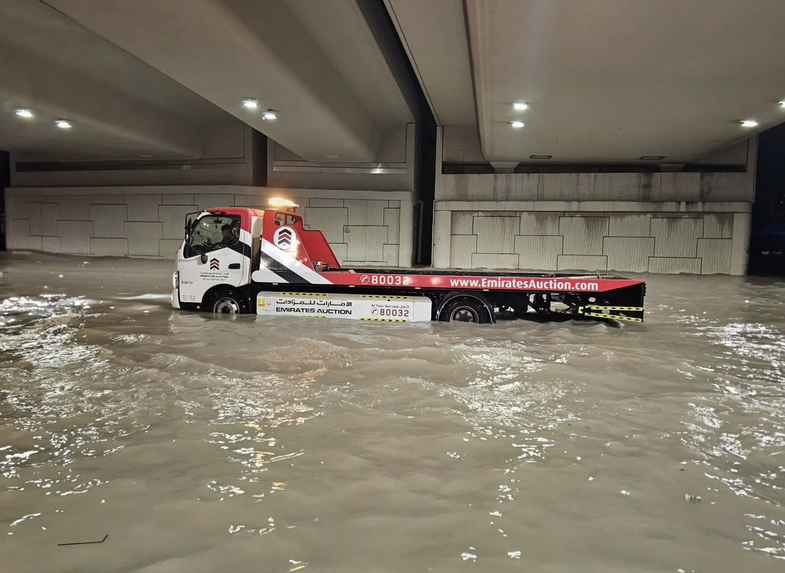
Why did the situation get out of hand?
In a year, the average rainfall reaches 94.7 mm, while this year, since Monday, more than 142 mm of rain have fallen. Some reports say the rains may have been worsened by cloud superimposition, a common practice in the UAE, which is used to ensure rain in arid territories. The method involves releasing salt particles into the air, usually using jets. The salt released in supercharging/cloud seeding operations helps form water droplets, thereby increasing the chance of rain. However, the National Center of Meteorology (NCM), which oversees the operation, said that no cloud-overloading practice was conducted prior to the rainfall episode.
??? ?????? ????? ?????? ????? ??? ????? #????? #?????_?????#??????_??????_??????? 3D Radar images of cloud formation over the area # rain#national_Center_of_Meteorology pic.twitter.com/NBYkFL1Gsn
— ?????? ?????? ?????? ??(@ncmuae) April 16, 2024
Omar Al Yazeedi, Deputy Director General of NCM said:
“We did not engage in any cloud suppression operations during this particular weather event. The essence of cloud seeding lies in the "filling" of clouds at an earlier stage, before the rains. Engaging in such activities during a storm would be futile."
This was also supported by the professor of atmospheric physics and dynamics at the University of Reading, Maarten Ambaum, who said: "The practice usually occurs in clouds that do not produce rain. Normally, a very strong storm like this will not develop."
Rain is unusual in the UAE, but does occur periodically during the colder winter months. It is strange that in April, a storm so big as to flood houses, abandon cars and roads, and have a lack of drainage of the rainfall system is strange. Major shopping malls, including the Dubai Mall and the Mall of the Emirates, experienced extensive flooding and in the Dubai Metro, the water was ankle-high. The storms took over the sky and even touched the top of the Burj Khalifa, the tallest building in the world.
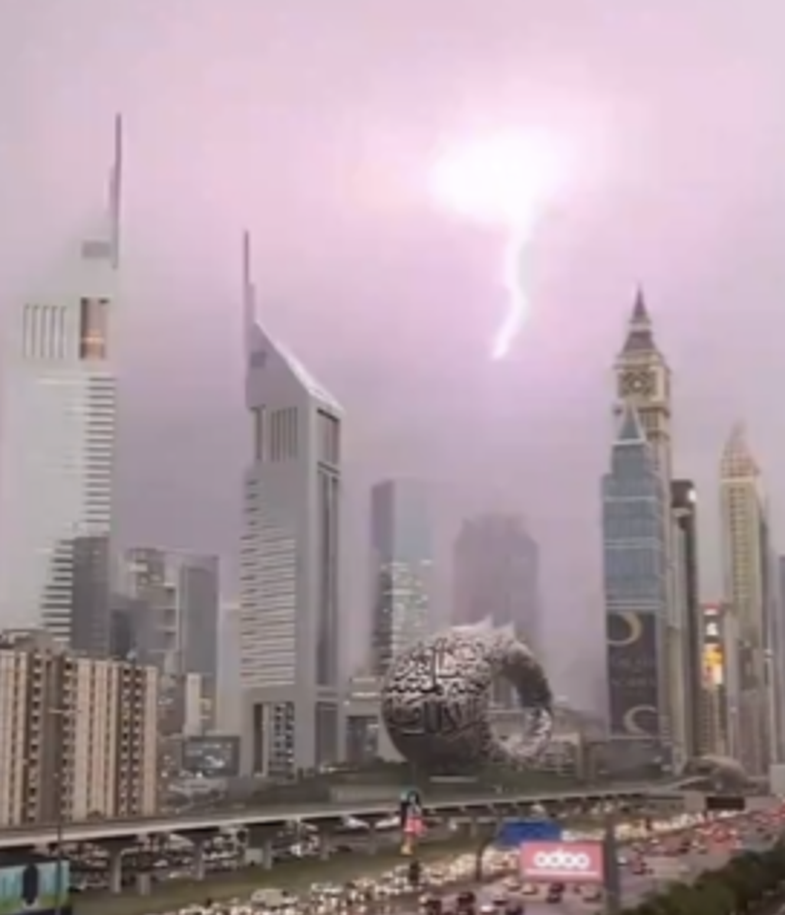
Human influence
One of the main influences in such an unusual situation is, of course, the human hand. Human-caused climate change is accumulating extreme weather worldwide, causing more frequent and deadly disasters, from extreme heat waves, wildfires and floods. In the last decade, a series of events have occurred that would have been impossible, if global warming had not accelerated at an extraordinary rate.
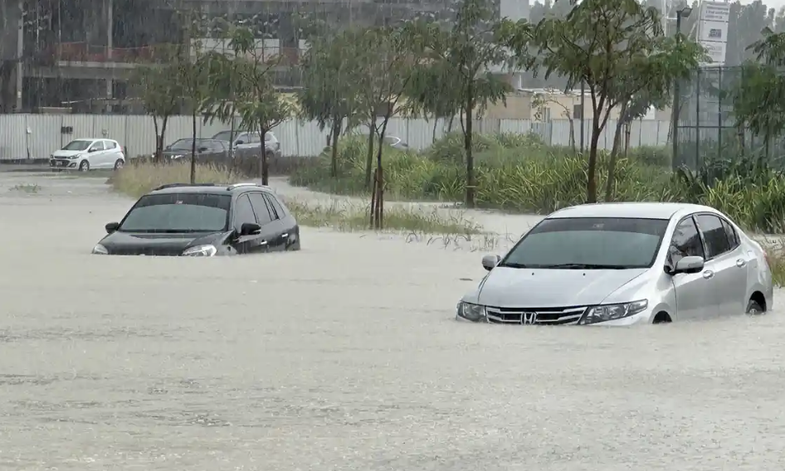
Extreme rainfall is more common and more intense due to human-caused climate change in much of the world. This is because warmer air can hold more water vapor. According to the professor at the University of Reading, the world should prepare for such extreme weather events. "We've been saying for decades that in a changing climate, we're probably going to have more of these kinds of severe events. Indeed, this is happening", he said.





